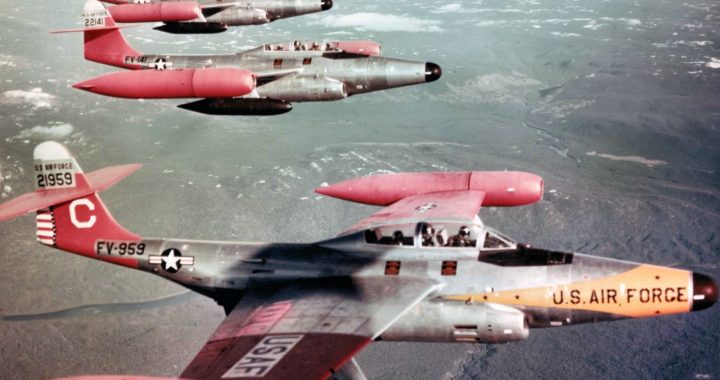Northrop F-89 Scorpion: The First Jet-Powered Interceptor Of USAF
The aircraft for today is the one named Northrop F-89 Scorpion which was the United States Air Force twin-engine and all-weather interceptor aircraft that was built back in the late 1940s and served the USAF as well as many other American organizations well until 1969. The Northrop F-89 Scorpion holds the title for being the … Continue reading Northrop F-89 Scorpion: The First Jet-Powered Interceptor Of USAF
